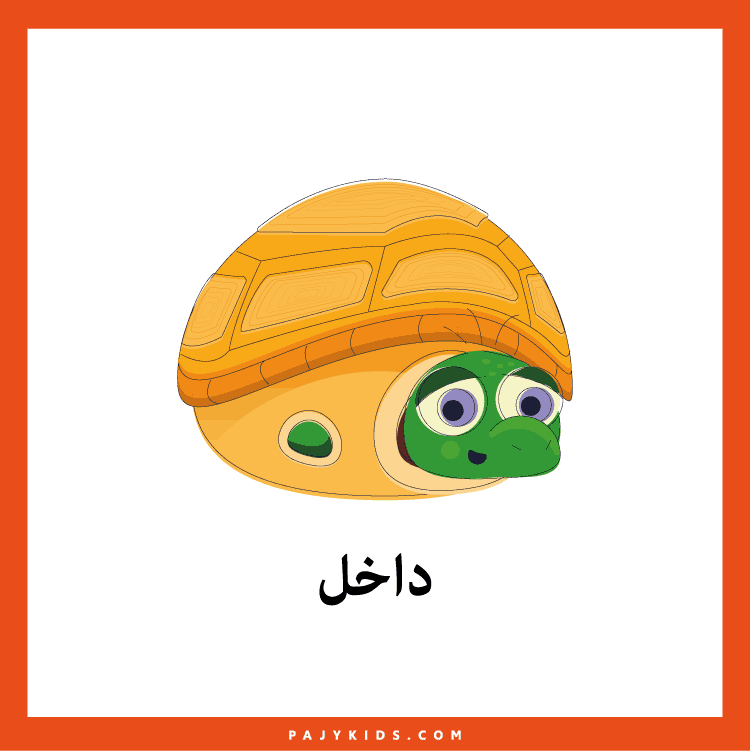Teaching young children about the adverbial of place is an essential step in developing their spatial awareness and language skills. Using Arabic flashcards designed for kindergarten levels makes this learning process both engaging and accessible. These cards usually include simple visuals that show objects in different locations, such as “above”, “under”, or “beside”, all described using Arabic terms children can relate to.
When children are exposed to adverbial of place concepts in both verbal and visual forms, they tend to retain the information better. Flashcards that focus on Arabic prepositions and spatial descriptions support bilingual development and help children associate language with real-world situations. Teachers and parents can use these cards in storytelling or classroom games to reinforce usage.
One key benefit of these flashcards is that they present vocabulary within context. For instance, a picture of a ball “under the table” not only illustrates a location but also connects the visual with its corresponding Arabic phrase. This type of association fosters a deeper understanding of prepositions and sentence construction.
In addition to vocabulary development, these tools help in enhancing children’s cognitive abilities, such as observation, memory, and logical thinking. By sorting, matching, or describing the cards, children engage in critical thinking and verbal expression, which are vital for academic success.
Whether used at home or in the classroom, Arabic flashcards offer a structured yet flexible approach to early childhood education. They are ideal for visual learners and can be incorporated into daily routines, such as describing a classroom or arranging toys, making learning a natural part of play.
Teaching the Adverbial of Place in Arabic for Kindergarten
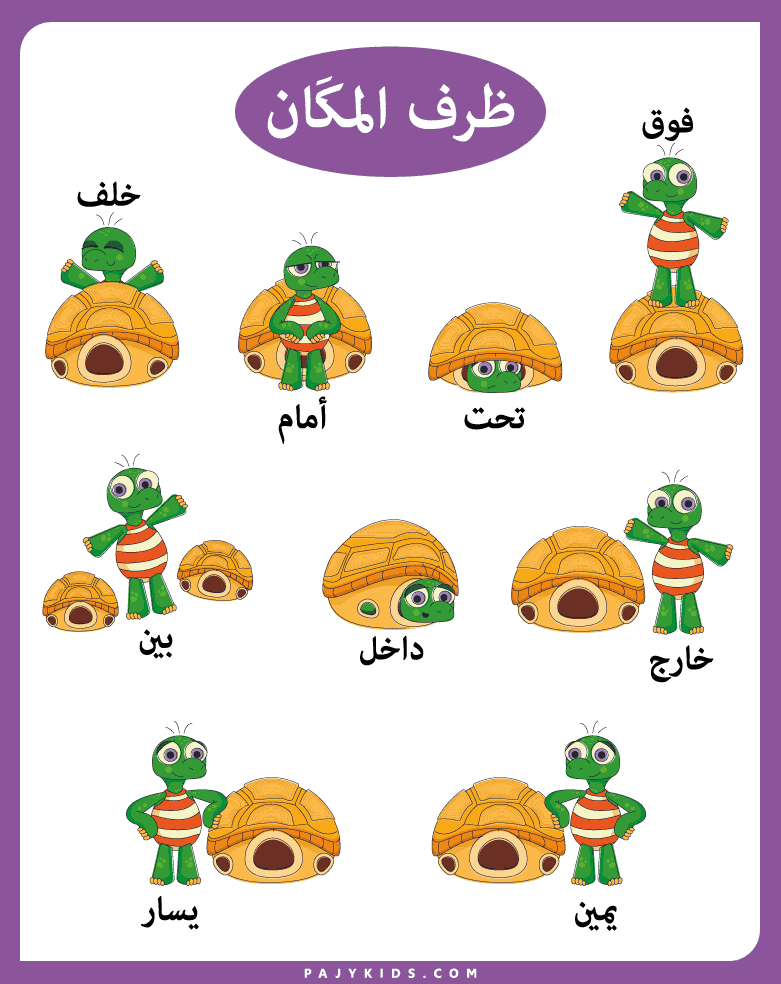
Visual Flashcards for Adverbial of Place in Arabic
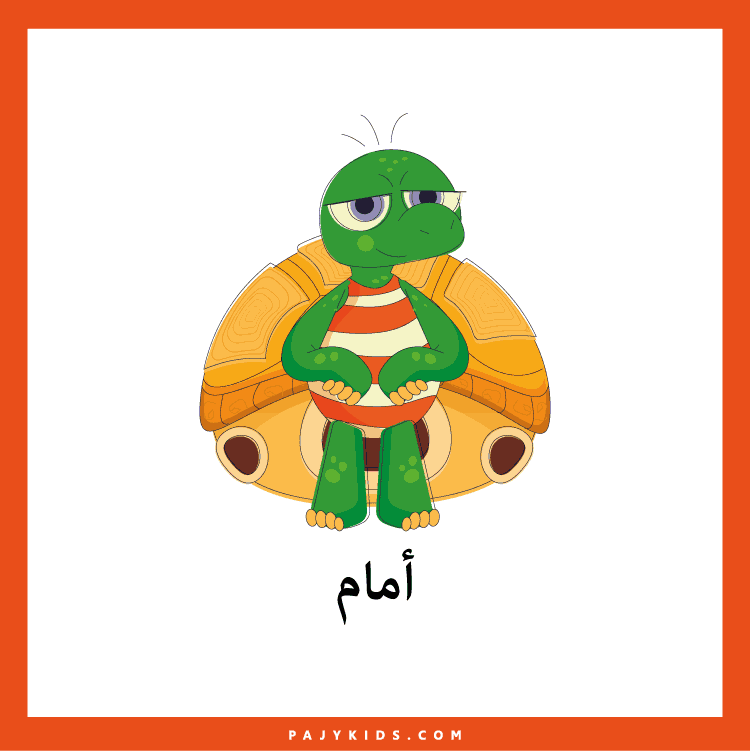
Engaging Activities to Teach Adverbial of Place in Arabic
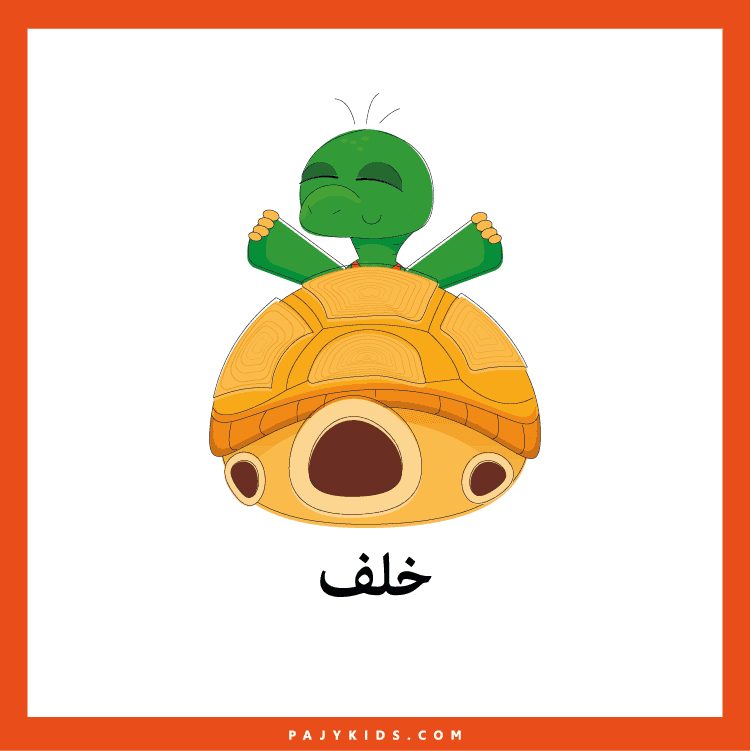
Arabic Adverbial of Place: A Beginner’s Flashcard Guide
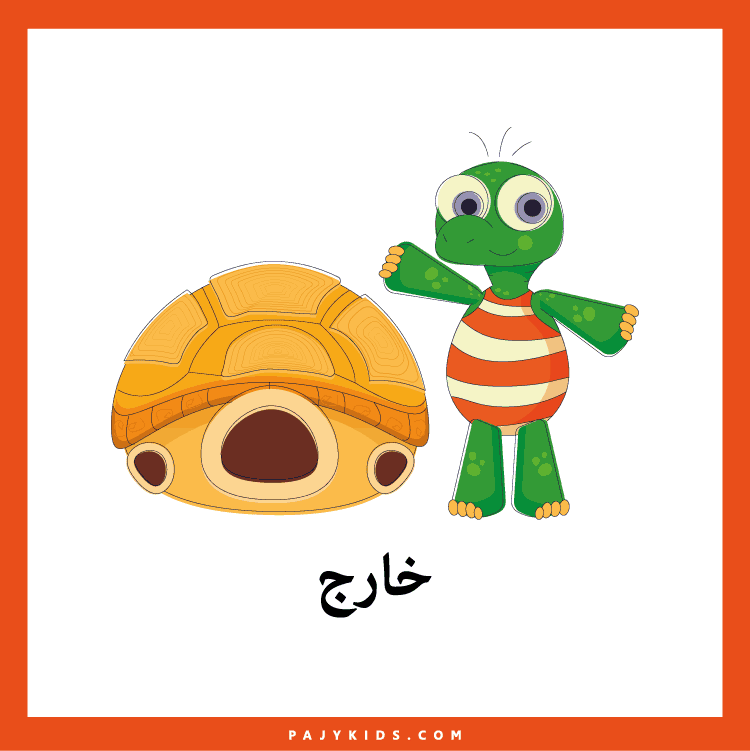
Adverbial of Place Learning Posters in Arabic for Kids
